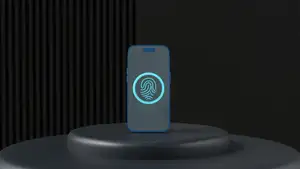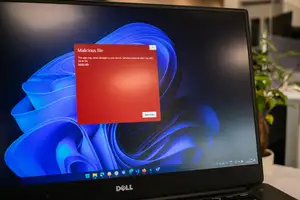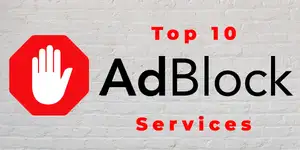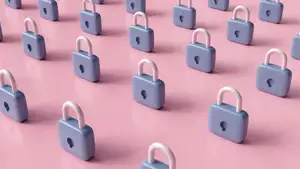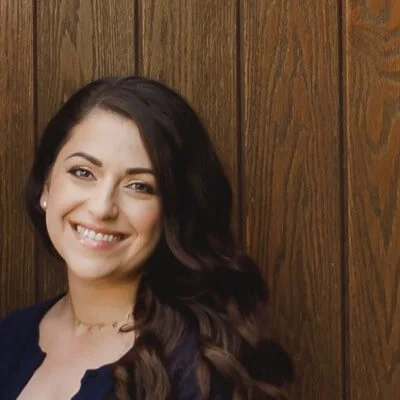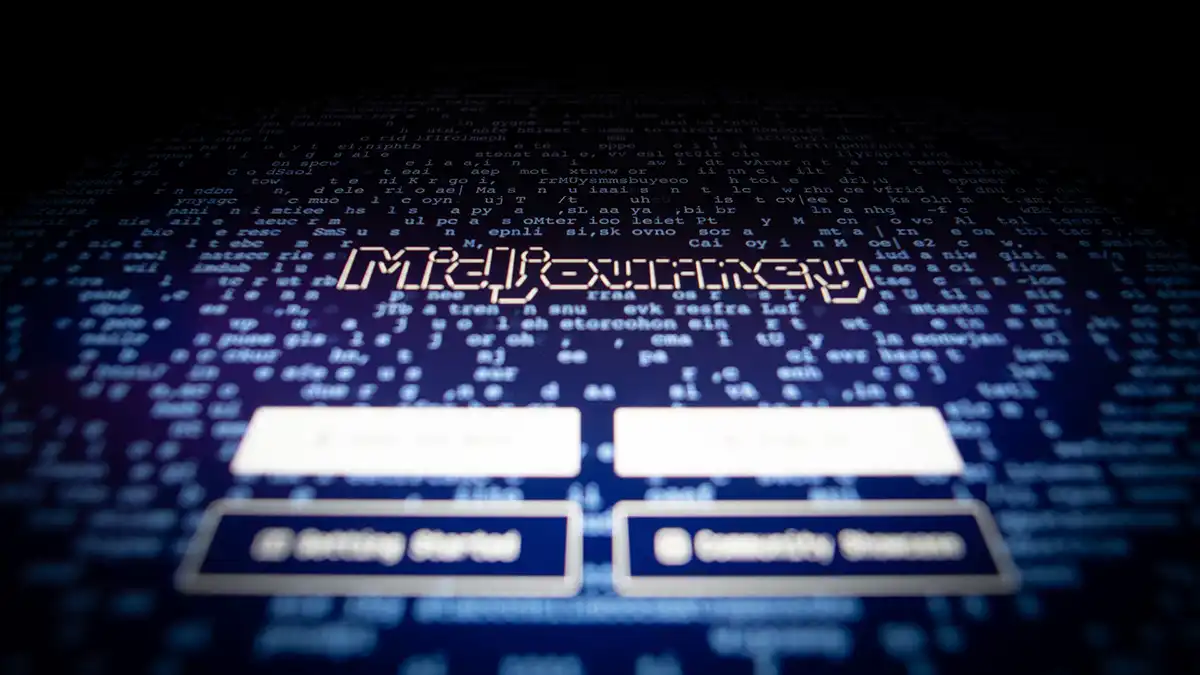
Vendors Won't Say How Much Artists Can Make from Generative Artificial Intelligence
A growing number of tech companies are currently seizing the opportunity to earn money via the use of generative AI to create music. As these companies monetize generative AI in this way, the artists, authors, and musicians whose creative content the AI-powered tools are trained on have been calling for their reasonable share. However, neither party has been able to agree on how much, or more alarmingly, whether artists should even receive any revenue.
In a recent open letter penned by The Authors Guild, which has thus far been signed by over 8,500 individual writers, three of which include Jodi Picoult, Dan Brown, and Margaret Atwood, they appealed to companies using generative AI technology to stop using their works if they are not going to be compensated for it, especially without vendors having the legal authorization to use their works in this way. In the meantime, artists have already commenced legal proceedings against many generative AI vendors, like Microsoft, Midjourney, and Stability AI, regarding misuse and copyright issues.
Some generative AI vendors have vowed to find a way to compensate musicians, authors, and artists whose content they have used to craft their generative AI-powered models by introducing what has been labeled as a 'creator funds' scheme. A small number of companies have even gone as far as launching actual artist funding schemes, which has been seen by many as a step in the right direction towards more sustainable and equitable models in the field of generative AI.
That poses the question, 'Exactly how much money can artists, authors, and musicians affected by this actually earn from creator funds?'
It doesn't seem like a difficult question to some, but when you consider the numerous compensation policies that generative AI vendors have floated, things become a bit more complicated.
Ambiguous terms
Generative AI models can teach themselves to produce unique text, music, videos, and images by studying the patterns that exist in numerous examples, which the software usually obtains from publicly accessible internet. The content typically sourced includes artwork, text, audio, and photos, which tend to be either copyrighted or published under a usage license that many generative AI vendors simply ignore, meaning most creators are often unaware that their work has even been used in such a way.
Several companies that have been actively involved in creating content this way maintain they are doing nothing wrong, especially in the United States, where under the guise of the 'fair use' rule, they are not doing anything wrong. In short, the matter is unlikely to be resolved at any point in the near future. Forgetting the legal side of things, creators, who earn nothing compared to how much multi-billion-dollar tech companies that create this kind of content, are largely backed by public opinion.
With this in mind, several vendors, including YouTube, Stability AI, Adobe, and Getty Images, have assured creators they will establish a system whereby original creators can benefit from a share of the profits made by generative AI tech. The problem with this is that none of the vendors have openly stated exactly how much revenue creators can potentially earn. Also, if a creator is contemplating allowing a vendor to train its model on that creator's content, whether that's artwork, literature, or music, for example, it becomes much harder for the creator to decide when they are being so ambiguous regarding how much they will pay.
Adobe's Firefly family of generative AI models is currently trained on stock images from the Adobe Stock library. This company has stated that it will pay creators a 'bonus' every twelve months, which would vary significantly from one contributor to the next. The first such installment was initially awarded in September 2023.
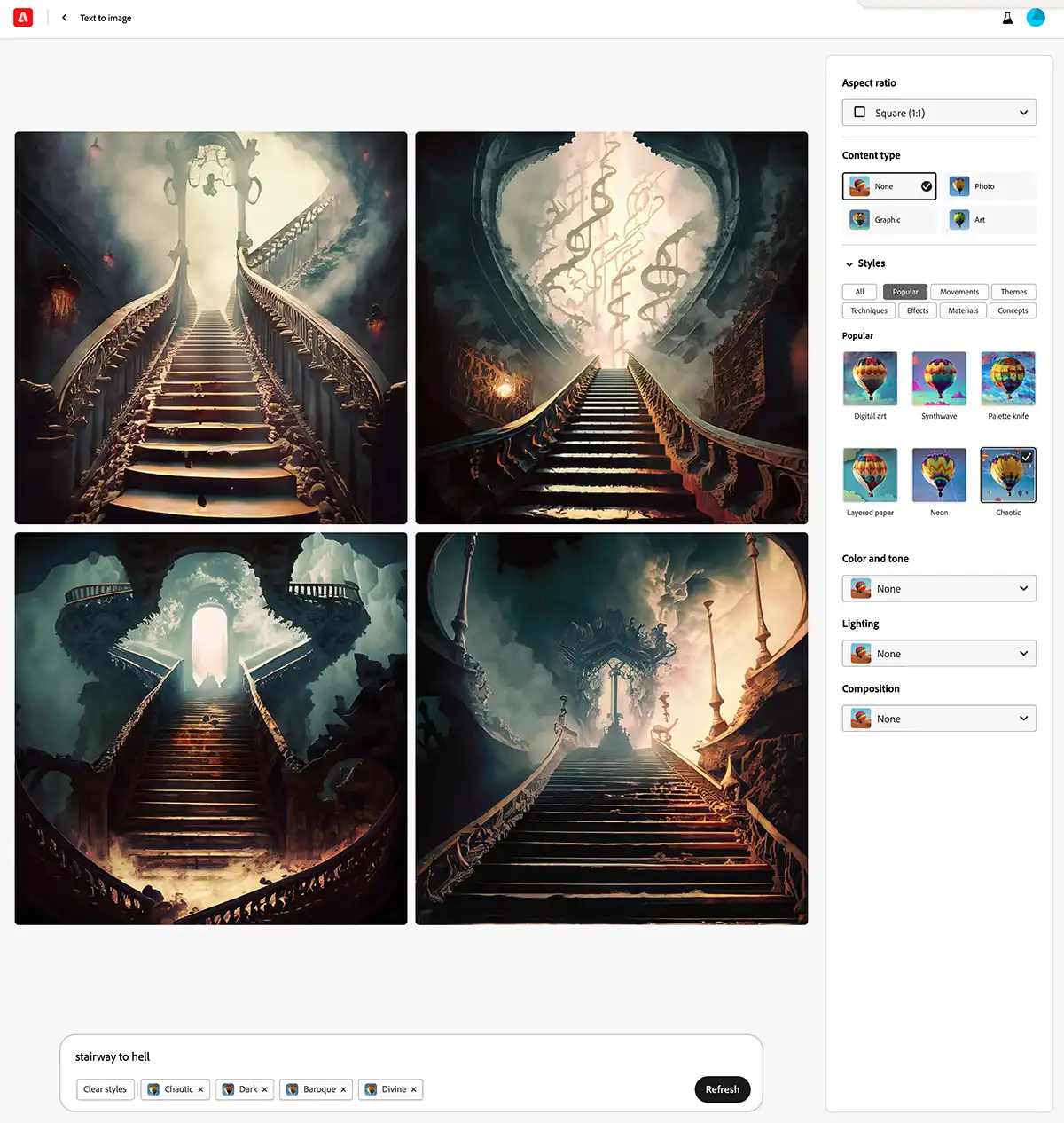
According to one of the company's spokespersons, the bonus payment is solely based on the total number of approved images, illustrations, or vectors submitted to Adobe Stock (standard or premier), which Firefly was trained on. It would also be based on how many licenses their images generated/sold over the previous twelve-month period. Going forward, bonuses will be determined by new approved images and downloads. In other words, creators won't be able to use the figures from the previous bonus period and count on those metrics to estimate roughly how much they will receive when their next bonus payment is doled out.
This also begs the question, 'What is each creator's individual approved image and license valued at?' Frustratingly, the answer has still not been made clear.
The one thing we do know is that before a contributor can withdraw any earnings, they must reach a minimum threshold of $25. That does not include contributors who have already benefitted from the first bonus. They can withdraw from as little as $1.00 from September 13 to December 12. Also, according to Adobe, withdrawals can take anywhere from eight to 10 business days (or more!) to be fully processed. More astonishingly, contributors have not received any kind of guarantee they will receive indefinite yearly bonus payments from Adobe.
It doesn't stop there. Things become even more vague and complex.
According to an Adobe spokesperson, the bonus a person receives is currently geared more towards the number of licenses that have been issued for an image, which Adobe sees as a representation of the demand and 'usefulness' of an image. But to what extent the bonus is weighted in this way, and whether this will change at any point in the future, remains to be seen, as Adobe didn't clarify.
A similar thing is happening at Getty Images. A spokesperson for the company also hinted that it will soon start rewarding people who contribute to its generative AI tool with monetary compensation every year in perpetuity. Anyone who supplies content will receive a proportional (pro rata) share based on how many assets they contribute to the generative artificial intelligence model training data set, plus another share based on traditional licensing revenue.
Some have asked for further clarification on the part about licensing and for further specifics about the proportional (pro rata) deal, but like Adobe, Getty Images was also reluctant to clarify exactly what this all means for the contributor.
A spokesperson has pointed out that various factors will lead to a set formula being arranged, and each contributor will receive a payment accordingly in connection with the tool.
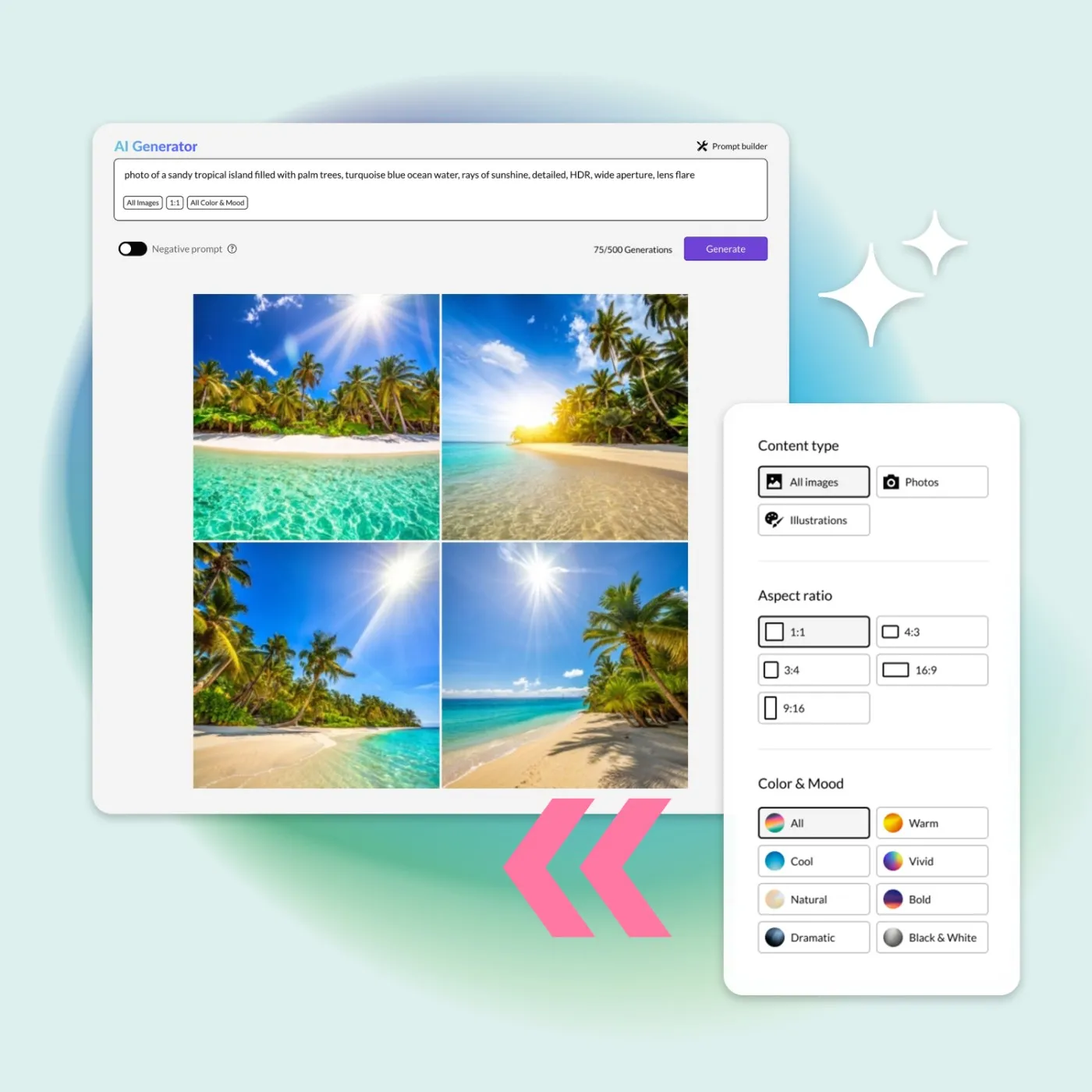
A major competitor to Getty Images, Shutterstock, which sells its stock images and metadata to partners such as OpenAI, currently offers a generative AI tool that pays out one-off monetary rewards via its Contributors Fund. These payments are biannual and are proportional to the contributions made by individual creators to the Shutterstock content library. Better still, if any new content is crafted by the market-leading company's AI generators using a creator's work, that creator would receive additional monetary compensation.
According to the official Shutterstock website, contributors can look forward to an assured portion of the entire contract value paid by customers' licensing datasets. Contributors can look forward to being compensated if their content was used to train models based on the role their intellectual property (IP) played when the original generative AI-powered models were first developed. They will also receive payments in the form of royalties linked to any generative licensing activity and their content in the future.
The question some have asked, though, is, 'What is the exact proportion?' the additional compensation creators can potentially earn is left open to interpretation.
A more realistic value was obtained from Robert Kneschke, who made an effort to investigate further by questioning almost 60 other photographers on how much money they had received from Shutterstock's Contributors Fund. This included important data such as the size of their portfolio as the best way to calculate the average payments received.
The survey carried out by the stock photographer discovered the median revenue per image from the Contributors Fund came to $0.0069 per image, and the average revenue per image was $0.0078. If these numbers were accurate, a contributor could earn, on average, around $30 for supplying approximately 4,000 images – so a fairly disappointing figure.
Little monetary value
Despite their vagueness, these generative AI compensation schemes for contributors/creators were the most definitive found so far. Several others out there are even less concrete.
One such example is Stable Audio – a generative AI model from Stability AI that crafts sound effects and music when fed a text description. After the startup announced its latest tool, it hinted, through its joint venture with AudioSparx (a stock audio library), that some of the profits generated by Stable Audio would be shared amongst musicians. To receive a share of the profits, a creator/contributor must join AudioSparx and opt in to take part in the initial training of the model or choose to help train future Stable Audio versions.
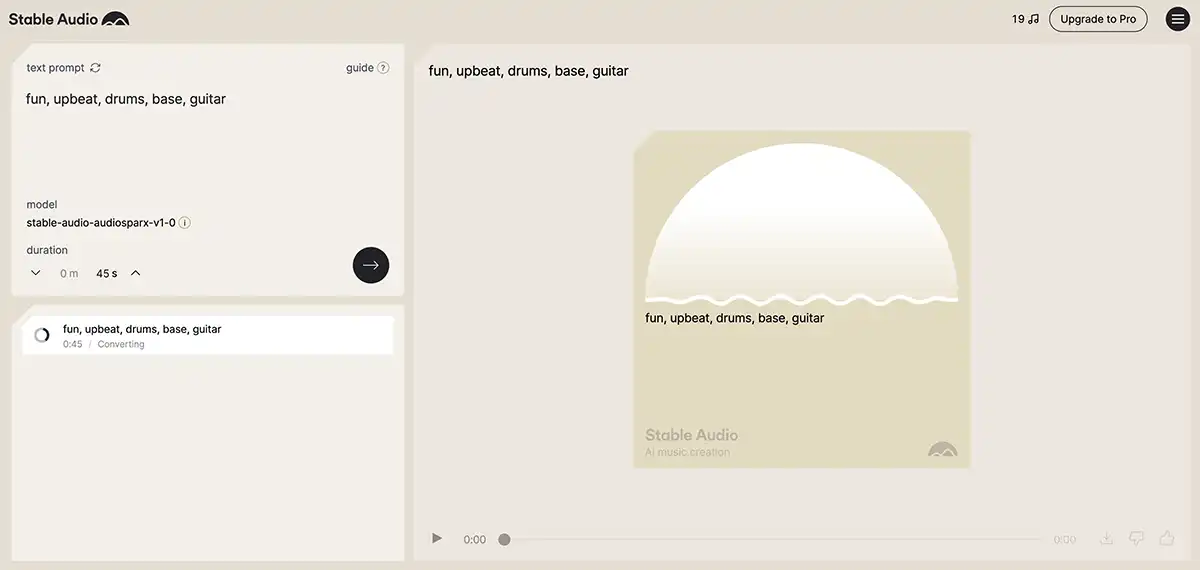
Less than a month after it was announced, exact details of how the startup's generative AI rev-sharing system have still yet to be made clear.
According to the Executive Vice President at AudioSparx, Lee Johnson, it's still early days, and they are waiting on an earnings report from Stability AI, so it's impossible to say exactly how much revenue will be generated at this time. Therefore, the type of revenue an average contributor can earn would still be guesswork at this moment.
However, he did mention that contributors can assume that a share of the earnings they make from Stable Audio will be a recurring thing, provided they have already opted to participate in the AudioSparx model training initiative.
As soon as the company has received the initial earnings report that's due from Stability AI and has obtained a clearer understanding of the data they received, it can enable them to better determine the best way to calculate the creator/contributor earnings. There is an ongoing discussion between Stability AI and AudioSparx concerning some of the issues linked to the earnings reporting and metrics, so it will take time to reveal more accurate information.
In another area relating to generative AI music, YouTube announced its plans to establish a system that ensures the music rightsholders receive income for any contributions they have made to the training of models. In August, YouTube announced it had started a new generative AI partnership with a company called UMG (Universal Music Group). However, when someone reached out to YouTube, it suggested that it is currently only in the very early stages of establishing a payment scheme that takes into account generative artificial intelligence.
The spokesperson for YouTube also made it clear that a major part of that would be achievable by working in collaboration with its music industry partners.
Some misery for creators
More revealingly, no generative AI vendors have given even a rough dollar amount that an average contributor/creator could look forward to earning after handing over their unique content to train the AI-powered models.
A handful of them put the lack of information down to how new the technology is and the absence of data, while others highlighted that the range varies too much to come up with a number that would be useful to anyone.
However, for the content creators/contributors these revenue-sharing models apply to, especially those who rely on this kind of data to stay on top of their earnings and balance their books, the vagueness and insincere statements are of little help whatsoever.
There is hope, however. A handful of startup companies are making somewhat of an effort to focus more on the creator by being more transparent from the beginning. One such example is Bria, which trains explicitly its art-generating AI-powered tool on licensed images only. This startup has established a revenue-sharing model that compensates data owners based on the impact a creator's contributions have had, enabling the contributors who create the artwork to determine a prize on a per-AI-training basis.
As much as we can say from what is currently known, there aren't many generative AI vendors that are making it appear as though it will be worthwhile for artists to opt in to training models. All that's being assured is an ambiguous promise of revenue, but this doesn't help pay the bills.

